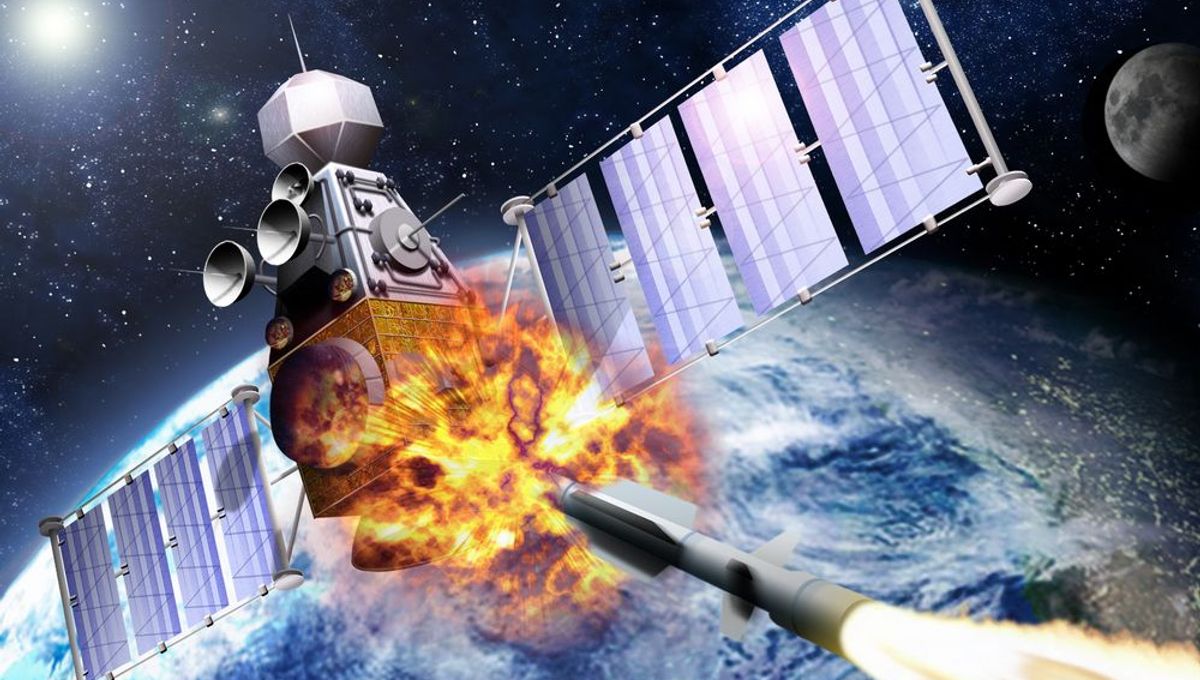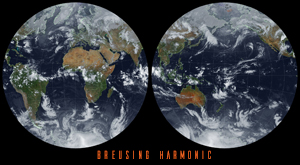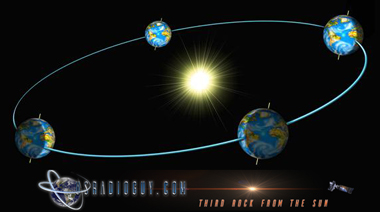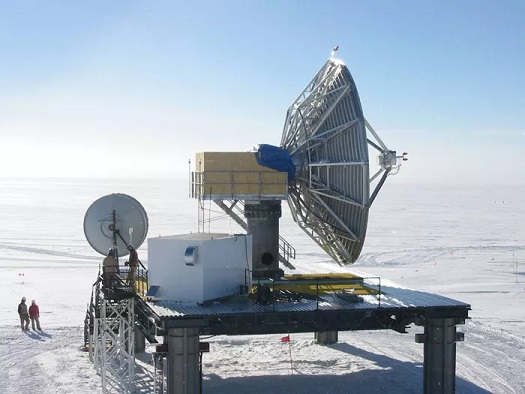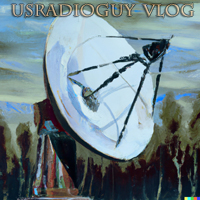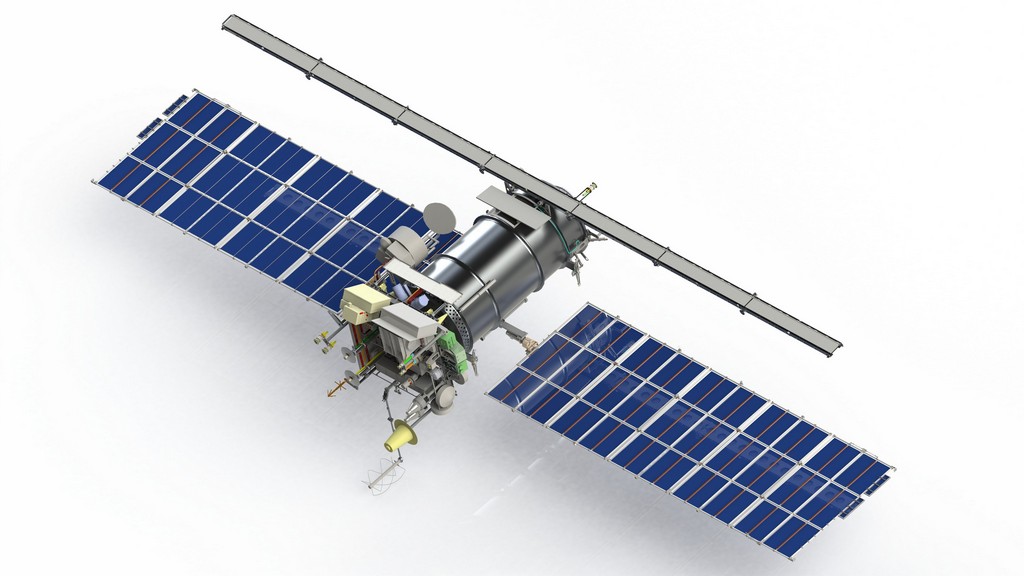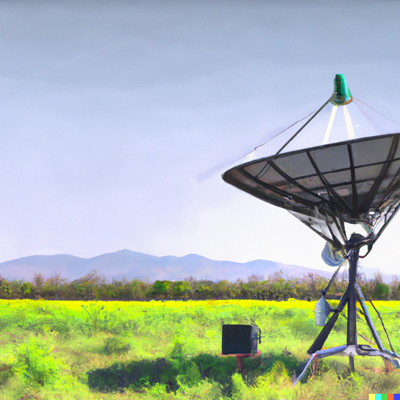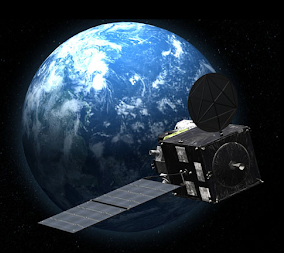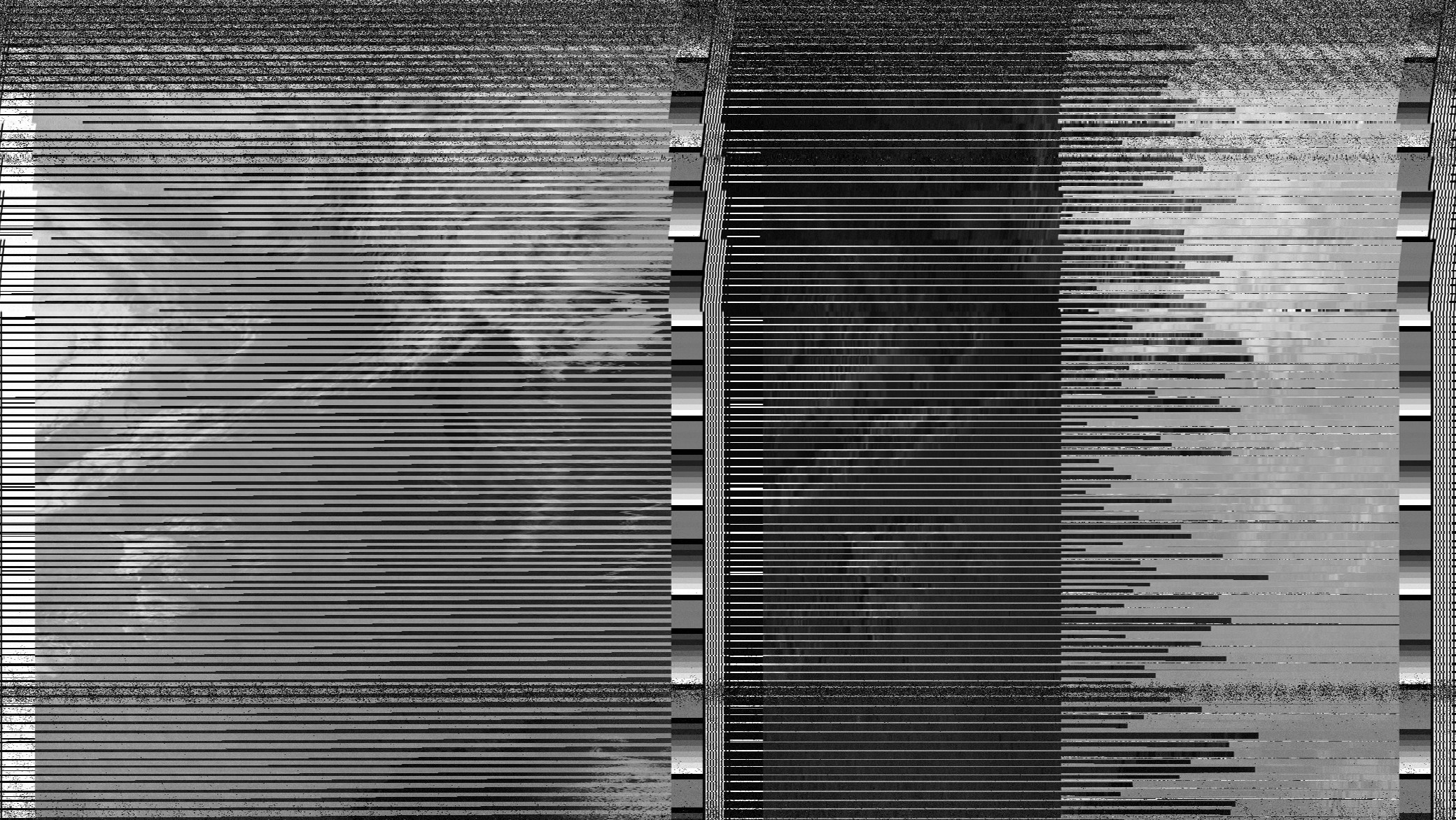Updated April 14th, 2023 On 11 January 2007, China conducted an anti-satellite missile test. A China weather satellite—the FY-1C polar-orbiting satellite of the Fengyun series, at an altitude of 865 kilometers (537 mi), with a mass of 750 kilograms (1,650 lb) —was destroyed by a kinetic kill vehicle traveling at a speed of 8 km/s (18,000 mph) in the opposite direction. A Head-On Engagement attack like this has […]
Read More